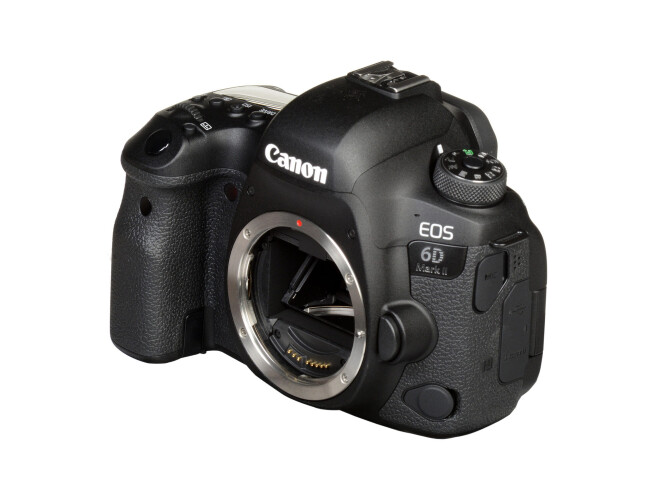

- CANON EOS 60D PRICE USED MOVIE
- CANON EOS 60D PRICE USED 1080P
- CANON EOS 60D PRICE USED UPGRADE
- CANON EOS 60D PRICE USED ISO
- CANON EOS 60D PRICE USED SERIES
CANON EOS 60D PRICE USED ISO
CANON EOS 60D PRICE USED SERIES
The 60D is smaller than the 50D but its ergonomics are not substantially changed - it'll still feel like a big improvement over a Rebel series camera, though the loss of the metal body means the same won't be true for 50D owners. The most obvious difference is that it's smaller and, of course, no longer features a metal body.
CANON EOS 60D PRICE USED UPGRADE
Placing the 50D alongside the 60D it becomes clear that the new camera is not a simply a direct upgrade but a repositioned model. The 60D's position in the range is immediately apparent when lined-up between the EOS 550D (Rebel T2i) and the 7D - it's a model that sits half-way between the two, without coming too close to either.

CANON EOS 60D PRICE USED 1080P

CANON EOS 60D PRICE USED MOVIE
In imaging terms it brings the EOS mid-range in line with those above and below by upping the sensor resolution to around 18MP and adding full HD movie capture. There's also a video- (and tripod-) friendly 3:2 ratio articulated LCD. Naturally the 60D gains some key 'step up' features from the Rebel line (top panel LCD, rear control dial, higher burst rate), including a few that have trickled down from the EOS 7D. So gone is the magnesium alloy construction that featured in previous models, replaced by a lighter weight plastic shell. Instead it sits pretty well precisely in the same market position as was once-upon-a-time occupied by the 'Elan' series of 35mm film SLRs (which in Europe were not-so-coincidentally given double-digit model numbers). As a result, it's not the obvious continuation of the 30D - 40D - 50D pattern that its naming might suggest. With the 60D Canon has unashamedly moved the X0D range out of the 'semi pro' bracket and instead focused on the enthusiast photographer looking to upgrade from their Rebel. It seemed obvious that Canon needed something to balance out the EOS range to fill the big gap between the Rebel and the 7D. The 50D (and by extension the X0D range) was starting to look somewhat redundant: expensive (and in some ways outdated) compared to the rebel T2i (EOS 550D), underpowered compared to the EOS 7D. However, the price tag (a 30% premium over the 50D at launch) pushed it beyond the reach of most people who weren't making at least a bit of money from their photography. The arrival of the EOS 7D, with its highly configurable 19-point AF system and 8 frames per second continuous shooting capability changed much of this - here was a 'mini 1D' that drew the attention of many people who previously would have been X0D customers. However, the feature set always left a sizeable gap below the company's full-blown 'pro' models. Each model offered a high enough specification (usually in terms of build quality and AF sophistication) to ensure it was both aspirational and attainable for users who had out-grown their Rebel/XX0D series. Canon's X0D series has throughout its life appealed to a wide range of photographers, from enthusiasts and semi-pros through to some pros who appreciated having a lightweight option.


 0 kommentar(er)
0 kommentar(er)
